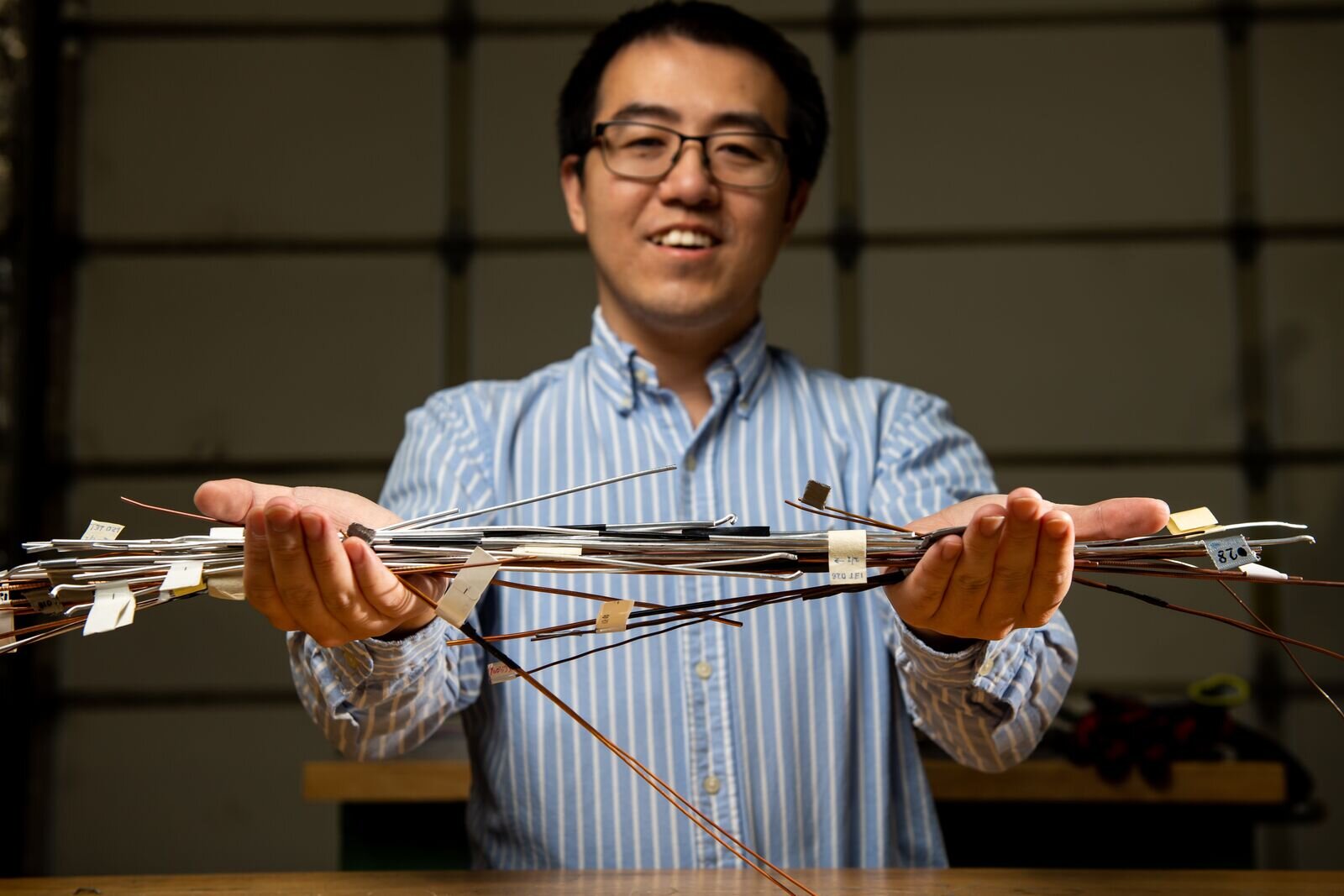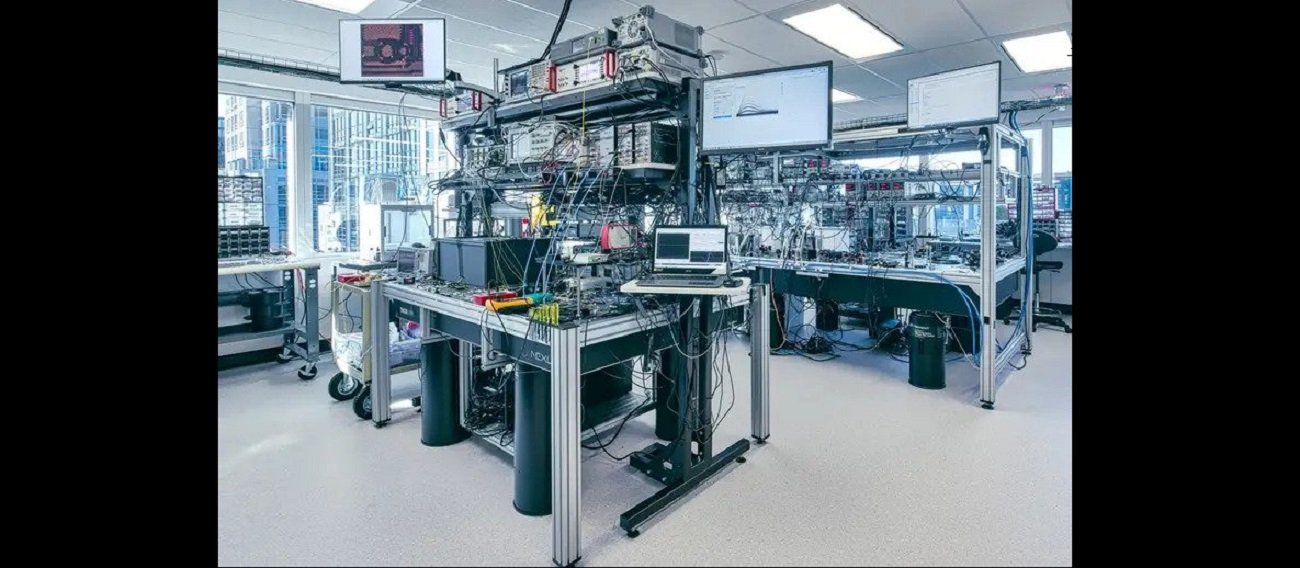What exactly is the research conducted by scientists from the Pacific Northwest National Laboratory? They write about it in the pages Materials and designExplaining that the key to success is an easily accessible carbon compound. Its presence significantly increases the electrical conductivity of copper.
Read also: Quantum materials no longer have secrets. This is thanks to the new tool
It turns out that the magic ingredient is graphite, which is commonly used, for example, in the production of pencils. In this case we are talking about an increase in an indicator called the temperature coefficient of resistance. It refers to the relative change in the resistance of a particular material when the temperature changes by one degree Kelvin.
By reducing the resistance coefficient, the metal's ability to conduct electricity can be increased. But is it possible to increase the conductivity of metal by mixing it with other materials? If this happens, the question arises whether it would be profitable enough to use a similar solution on a larger scale in commercial applications.
The conductivity of copper can be increased by adding graphene, which will lead to applications in many different fields
Thanks to the ShAPE platform, this has become possible, as members of the research team have demonstrated in practice. In their experiments, they added 18 ppm graphene to copper, which reduced the temperature coefficient of resistance by 11 percent. Meanwhile, there was no decrease in electrical conductivity at room temperature. If such an increase occurred for motors installed in electric vehicles, an 11 percent increase in the electrical conductivity of the copper wire coil would result in a 1 percent increase in motor efficiency.
The researchers point out that the described phenomenon contradicts expectations because the temperature coefficient of resistance usually increases when other components are added to the metal. As a result, these elements heat up faster, which is an undesirable phenomenon. But in this case, it was completely different, best exemplified by the resulting microstructure – uniform and almost pore-free. When combined with graphene, this material provides a low modulus of resistance to copper.
Read also: China is back in the lead. The country's energy industry is reaching new heights
Copper-graphene composite nanowires created in such conditions should have a wide range of applications. The list is long because the authors talk about the possibility of using this concept wherever electricity is used. One example of this is engines, which are usually designed to operate within a limited temperature range. This is due to the fact that as the temperature increases, the electrical conductivity decreases. Thanks to the new approach, it will be possible to increase the temperature range in which the motors will operate without losing conductivity. Moreover, imagine such innovative wires being used to create power lines that could meet the energy needs of a growing world.

Echo Richards embodies a personality that is a delightful contradiction: a humble musicaholic who never brags about her expansive knowledge of both classic and contemporary tunes. Infuriatingly modest, one would never know from a mere conversation how deeply entrenched she is in the world of music. This passion seamlessly translates into her problem-solving skills, with Echo often drawing inspiration from melodies and rhythms. A voracious reader, she dives deep into literature, using stories to influence her own hardcore writing. Her spirited advocacy for alcohol isn’t about mere indulgence, but about celebrating life’s poignant moments.









